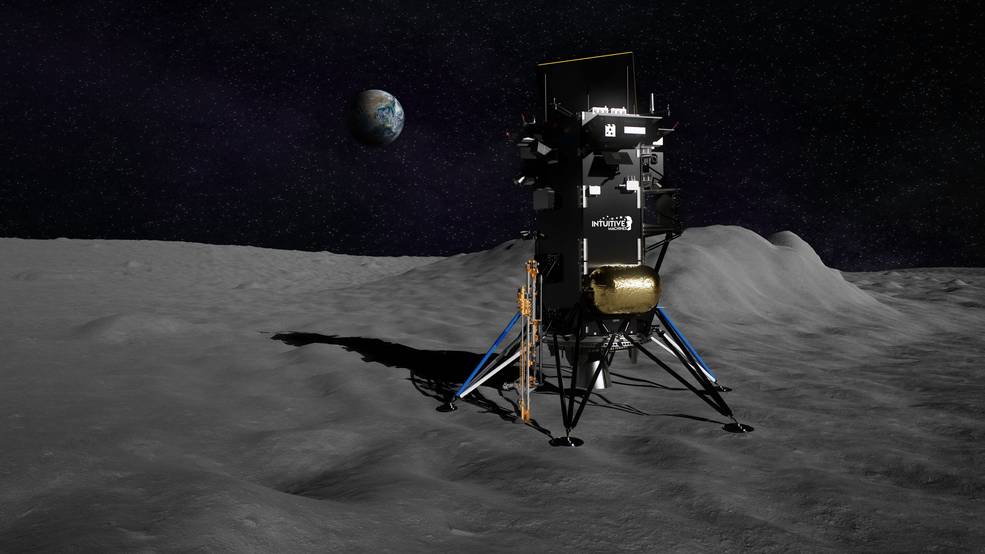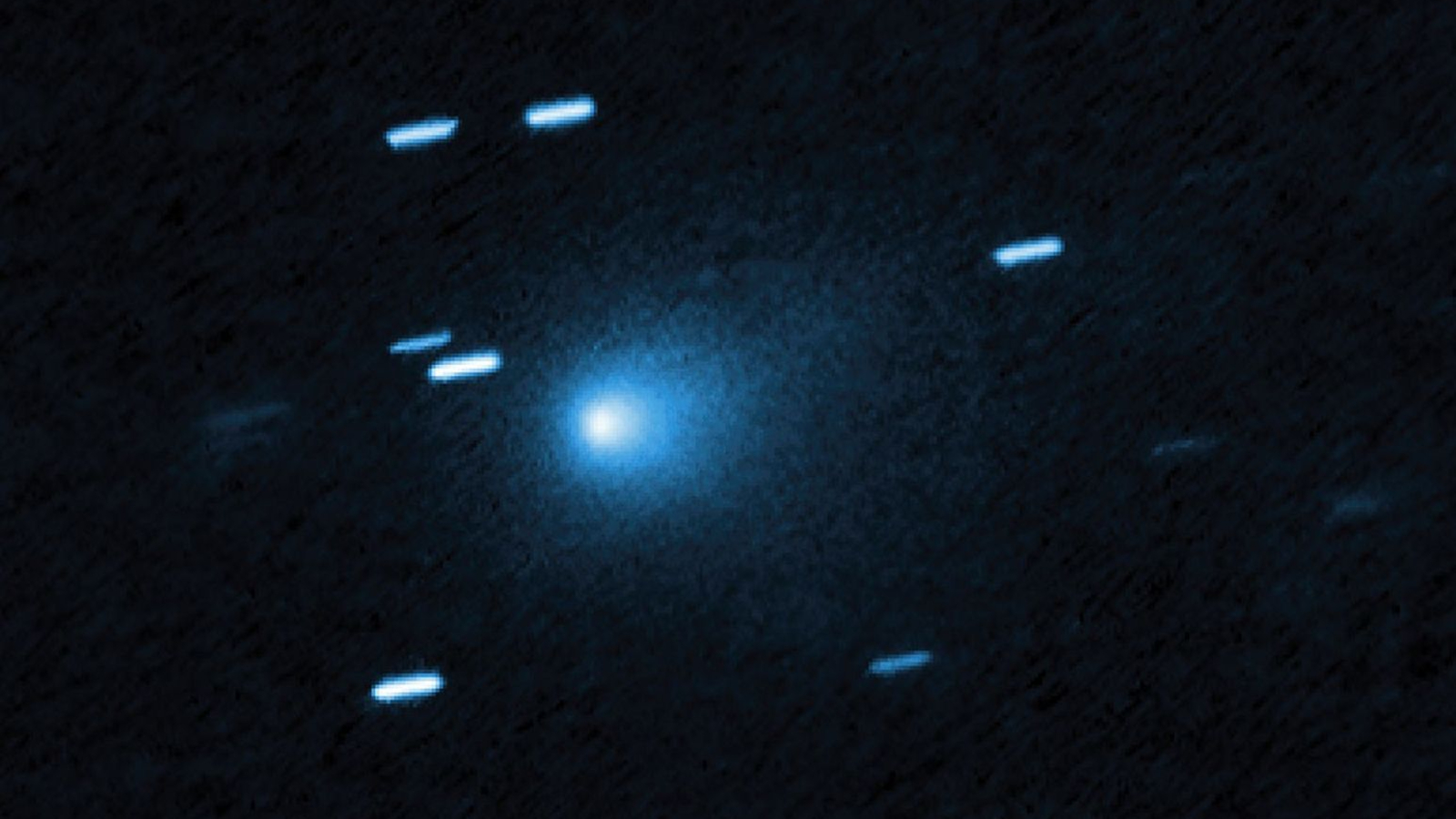How NASA's moon landing with Intuitive Machines will help pave the way for Artemis astronaut missions
The moon presents communications and temperature challenges that NASA needs to overcome.

NASA hopes a robotic moon landing this month will help prep the lunar ground for astronauts a few years from now.
Intuitive Machines' Nova-C moon lander, named Odysseus after the mythical Trojan War voyager, is scheduled to launch early Wednesday morning (Feb. 14) on a SpaceX Falcon 9 rocket.
The Valentine's Day launch will happen from Pad 39A at NASA's Kennedy Space Center in coastal Florida. If all goes according to plan, Odysseus will touch down near the moon's south pole on Feb. 22, pulling off the first-ever private lunar landing.
Odysseus' mission, known as IM-1, includes 12 payloads, half commercial and half NASA science packages. NASA is using this research to get ready for the Artemis program missions that will land astronauts near the moon's south pole, beginning in 2026 or so.
Related: Intuitive Machines moon lander to carry tiny NASA cameras to study lunar surface (video)
IM-1 is part of the series of low-cost private moon missions that include NASA-funded instruments, which are manifested via the agency's Commercial Lunar Payloads Services (CLPS) program.
Each of these private robotic missions is small in cost individually, with the tradeoff being fewer backup systems in case of trouble. That tradeoff was illustrated vividly by the first CLPS mission, which launched Astrobotic's Peregrine lander last month. Peregrine suffered an anomaly shortly after deploying from its United Launch Alliance Vulcan Centaur rocket, scuttling its moon dreams. Peregrine ended up coming back home for a controlled destruction in Earth's atmosphere.
Breaking space news, the latest updates on rocket launches, skywatching events and more!
Smaller and cheaper missions allow NASA to test technologies faster than traditional mission planning allows for, emphasized Susan Lederer, CLPS project scientist at NASA's Johnson Space Center in Houston, during a teleconference today (Feb. 12). The high risk is worth it, as "this will allow us to prepare for Artemis more efficiently," with more missions launching more frequently, Lederer said.
Another advantage is the proliferation of landing options if multiple CLPS missions succeed: There's "a far greater number of places you can go to on the moon and the diversity of people involved" if lots of CLPS missions reach the surface, Lederer said.
IM-1 will help NASA engineers learn about how to communicate from the moon's south pole, where staying in touch with Earth is a challenge due to our planet being at a "very, very low point on the horizon," Lederer said.
"The communications can kind of bounce along the terrain, coming and going," she added. "So, having a location that's close to the south pole will help us to start investigating those kinds of things that are happening."
Additionally, IM-1's equipment will be assessed for how well it performs in the harsh cold of the moon, including components such as solar panels and instruments. But even if that mission or some other CLPS landers don't make it, she emphasized, NASA will proceed with plans for its Artemis 3 mission, which aims to land astronauts near the lunar south pole in September 2026.
"It won't endanger efficiency," Lederer said.
The experiments on board IM-1 from NASA include "instruments focusing on plume-surface (dust) interactions, space weather/lunar surface interactions, radio astronomy, precision landing technologies, and a communication and navigation node for future autonomous navigation technologies," the agency's website states.
Editor's note: This story was corrected at 5:15 p.m. ET on Feb. 12 to state that IM-1 will launch from NASA's Kennedy Space Center, not Cape Canaveral Space Force Station.

Elizabeth Howell (she/her), Ph.D., was a staff writer in the spaceflight channel between 2022 and 2024 specializing in Canadian space news. She was contributing writer for Space.com for 10 years from 2012 to 2024. Elizabeth's reporting includes multiple exclusives with the White House, leading world coverage about a lost-and-found space tomato on the International Space Station, witnessing five human spaceflight launches on two continents, flying parabolic, working inside a spacesuit, and participating in a simulated Mars mission. Her latest book, "Why Am I Taller?" (ECW Press, 2022) is co-written with astronaut Dave Williams.
